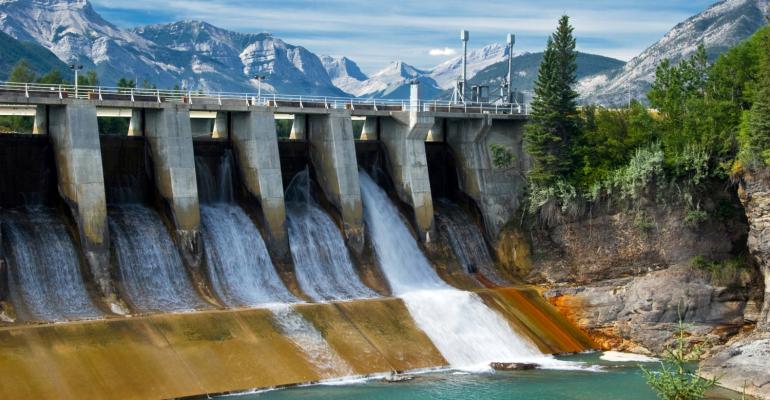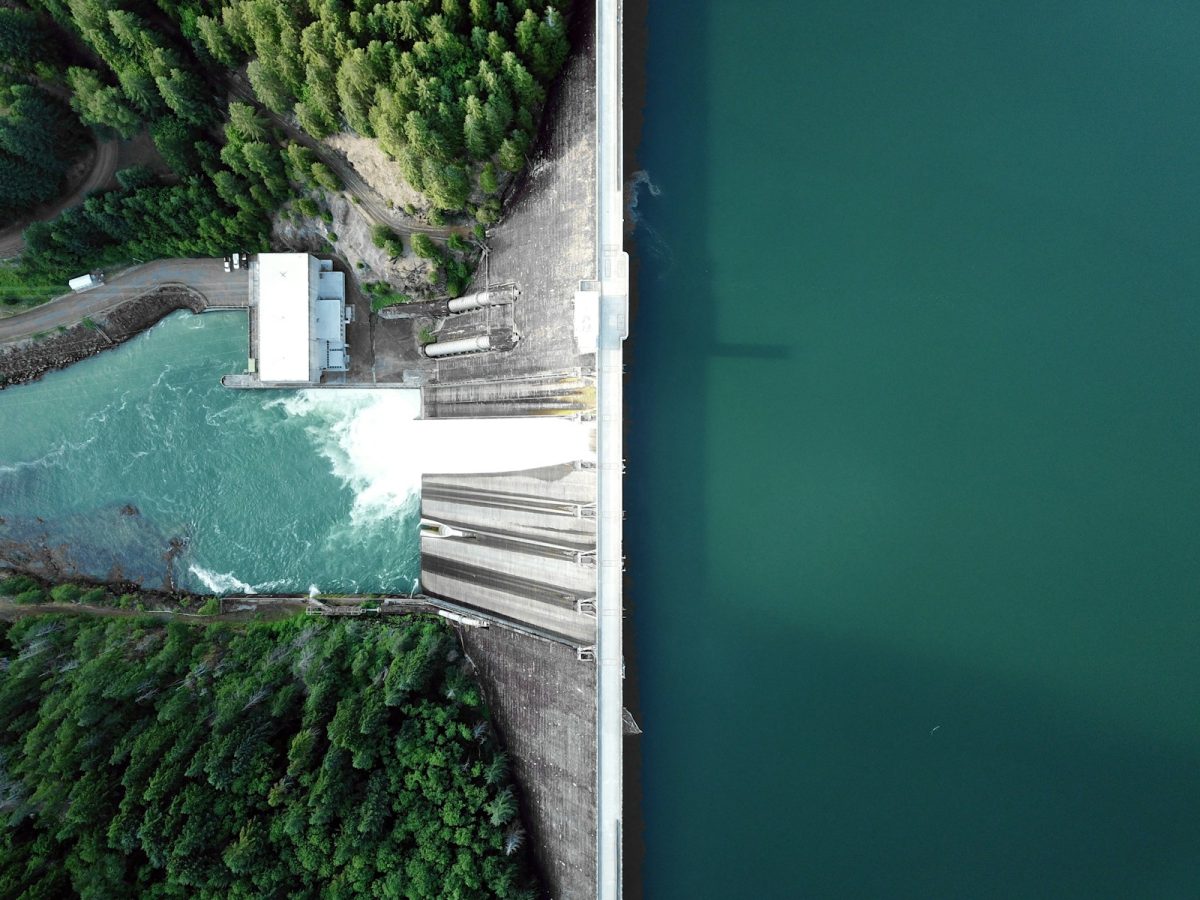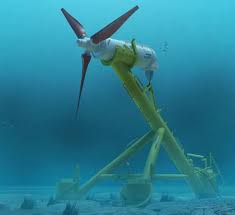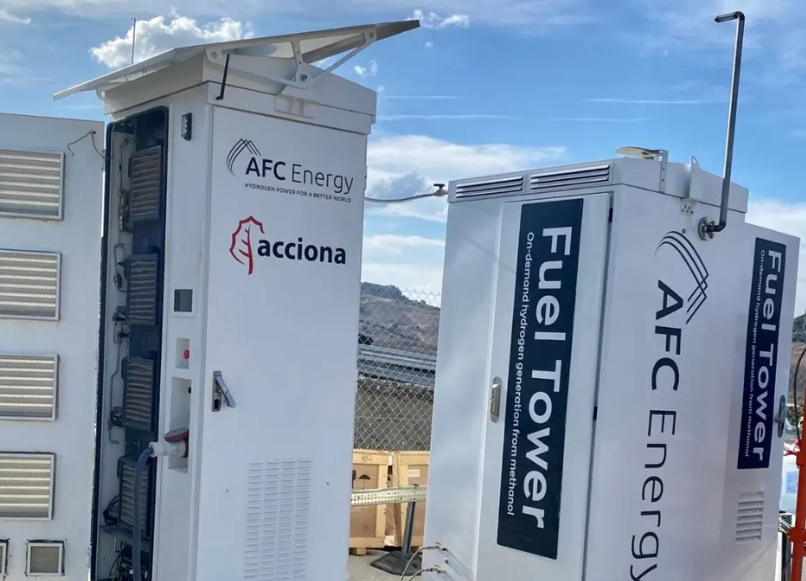Hydroelectric energy is a type of renewable energy. It is generated by harnessing the kinetic energy of water and turning it into electricity to help power cities, towns, and more. Because of their need for water to generate electricity, hydroelectric plants are almost always located on or near bodies of water. Hydroelectric plants work by falling water-turning turbines, which produce mechanical energy, and the generator then converts the mechanical energy into electrical energy, which can then be stored and supplied to the public. Hydroelectric energy is used worldwide, and is the most used form of renewable energy. While hydroelectricity has pros, like being a clean energy source, there are also opposing sides.
Pros
- Hydroelectric Plants Can be Used for Irrigation
Hydroelectric plants can generate electricity and power cities and towns. They can also be used as a source of water for crops and farms in nearby areas. This is especially important for regions lacking rainwater and common droughts.
- Hydroelectric Energy Is a Clean and Renewable Source of Energy
Hydroelectric energy not only reduces the need for harmful fossil fuels but also has a much less negative impact on the environment. When put into operation, hydroelectric plants don’t release harmful chemicals into the air or contribute to global warming.
- Hydroelectric Energy Helps Prevent Intermittency
Excess electricity generated by wind and solar plants can be used to pump water into the plant’s upper reservoir, so when weather conditions are not favorable for wind or solar plants to work efficiently, hydroelectric plants can help power the grid.
Cons
- Hydroelectric Plants Are Expensive to Build
Huge projects must be carried out to build the dams, reservoirs, and turbines for hydroelectric plants. The cost of this construction is high, and the number of suitable places to build hydroelectric plants is lessening, which means the cost could rise even more.
- Hydroelectric Plants Are Dependent on Precipitation Trends
Hydroelectric plants are mainly controlled by the weather. Since they rely on water from rivers, droughts, and other factors can cause the amount of electricity generated to vary. Thus, the flow of electricity may not be wholly constant and reliable.
- Hydroelectric Plants Can Negatively Affect the Environment
Hydroelectric storage systems can harm natural river systems and lead to bad water quality. They can also affect animal migration paths and cause wildlife displacement.
When discussing hydroelectric energy, it is important to consider both its pros and cons. While it is a clean and widely used renewable source of energy, the cons should also be considered.
Related Stories:
https://www.eia.gov/energyexplained/hydropower/
https://www.energysage.com/about-clean-energy/hydropower/pros-cons-hydropower/
https://earth.org/pros-and-cons-of-hydroelectric-energy/
https://kiwienergy.us/blog/pros-and-cons-of-hydroelectric-energy/
https://www.solarreviews.com/blog/hydroelectric-energy-pros-and-cons
Take Action:






